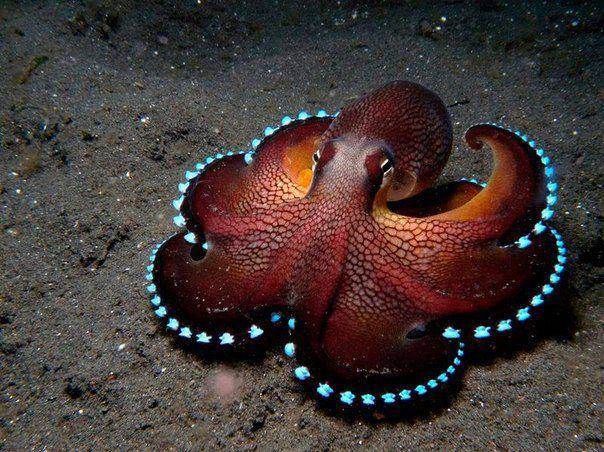-
Tips for becoming a good boxer - November 6, 2020
-
7 expert tips for making your hens night a memorable one - November 6, 2020
-
5 reasons to host your Christmas party on a cruise boat - November 6, 2020
-
What to do when you’re charged with a crime - November 6, 2020
-
Should you get one or multiple dogs? Here’s all you need to know - November 3, 2020
-
A Guide: How to Build Your Very Own Magic Mirror - February 14, 2019
-
Our Top Inspirational Baseball Stars - November 24, 2018
-
Five Tech Tools That Will Help You Turn Your Blog into a Business - November 24, 2018
-
How to Indulge on Vacation without Expanding Your Waist - November 9, 2018
-
5 Strategies for Businesses to Appeal to Today’s Increasingly Mobile-Crazed Customers - November 9, 2018
Octopus study aids to reveal its unique traits
To study the genetics of these specialized traits, Ragsdale and his colleagues sequenced the genome of the California two-spot octopus, Octopus bimaculoides, to a high level of coverage-on average, each base pair was sequenced 60 times.
Advertisement
Octopuses, squids, cuttlefish and nautiluses, are cephalopods – a class of predatory mollusks with an evolutionary history spanning more than 500 million years.
As it turns out, the octopus genome is nearly as large as a human’s and actually contains more protein-coding genes: 33,000, compared with fewer than 25,000 in humans. The octopus has long been recognized as a remarkable creature, with its eight sucker-lined arms that can regrow, cameralike eyes, a large and elaborate brain, and skin that has the ability to camouflage by changing its color and texture.
Hundreds of octopus-specific genes were identified, large numbers of which were found in the nervous system, retina and suckers.
“It’s important for us to know the genome, because it gives us insights into how the sophisticated cognitive skills of octopuses evolved”, says neurobiologist Benny Hochner from the Hebrew University of Jerusalem in Israel. Ragsdale, Albertin and their colleagues are studying the molecular and genetic mechanisms responsible for octopus development.
In addition, the genome might shed some light on other traits on an octopus, such as its ability have limbs regenerated, or its propulsion system which allows it to move around underwater or its tentacles with their suckers, which can grasp and feel as well as sense chemicals within the water.
Top: phylogenetic tree of cadherin genes in the California two-spot octopus (blue), Homo sapiens (red), Drosophila melanogaster (orange), Nematostella vectensis (mustard yellow), Amphimedon queenslandica (yellow), Capitella teleta (green), Lottia gigantea (teal), and Saccoglossus kowalevskii (purple).
The researcher team approximates that the octopus genome has the size of 2.7 billion base-pairs. The researchers also found that while the octopus gene families are similar to other invertebrates, their genetic arrangements are drastically different. The team notes several specific gene families of interest. The suckers, for example, express a set of genes that resemble receptors for the neurotransmitter acetylcholine. However, most octopus genes show no such connections.
The octopus approaches close enough to tap it on the opposite side of its body so that the startled creature jumps into the octopus’s eight arms.
“Octopuses typically pounce on their prey or poke around in holes until they find something”.
Advertisement
Protocadherins are known to help the development of brain and nervous system. This is consistent with the team’s estimates that the octopus and squid lineages diverged around 270 million years ago. But a new discovery by an global group of scientists leave all the previous octopus-related breakthroughs behind. The large size of the octopus genome was initially attributed to whole genome duplication events during evolution.




























